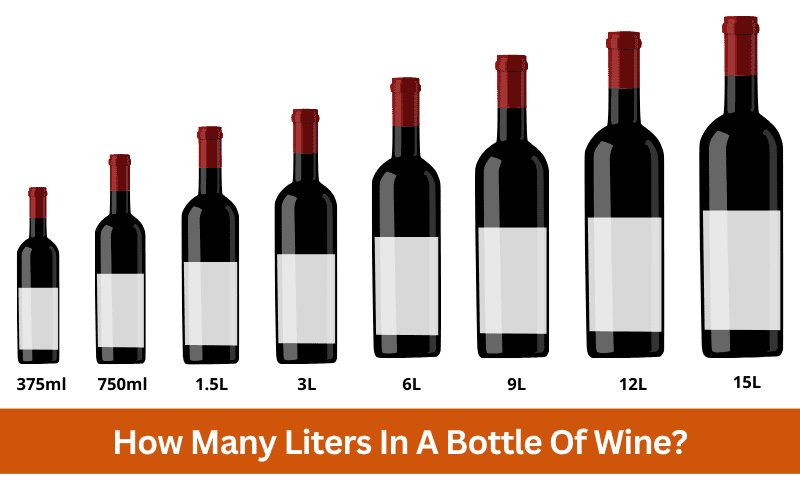If you’re a wine lover like me, you’ve probably found yourself wondering, how many liters in a bottle of wine at some point. As someone who enjoys a good glass of wine every now and then, I’ve always been curious about the standard size of wine bottles and how they differ from one another. I remember the first time I visited a wine shop, I was amazed by the variety of bottle sizes, shapes, and colors. It was overwhelming, to say the least. But over time, I’ve come to learn about the different wine bottle sizes, their equivalents in liters, and how they can impact the taste and aging process of the wine inside. In this article, I want to share my knowledge and experience with you and help answer the question, how many liters in a bottle of wine?
How Many Litres in a Bottle of Wine?
The answer to the question how many liters in a bottle of wine depends on the size of the wine bottle. The standard size for a wine bottle is 750 milliliters, which is equivalent to 0.75 liters or 25.36 fluid ounces.
However, wine bottles come in various sizes, from small individual bottles to large format bottles that can hold several liters of wine. Understanding wine bottle sizes and their volumes can help you choose the right amount of wine for your needs and storage.
How many liters in a standard bottle of wine?
Do you know how many liters in a bottle of wine standard? A standard wine bottle size is 750 milliliters, which is equivalent to 0.75 liters or 25.36 fluid ounces.
How many liters in a large bottle of wine?
Large bottles of wine are popular for special occasions and celebrations, but how much wine do they actually hold? Let’s explore how many liters are in different large bottles of wine.
How many litres in a Magnum?
So, how many liters in a bottle of wine Magnum? A Magnum is a large wine bottle that holds 1.5 liters of wine, which is the equivalent of two standard wine bottles. Magnums are popular for special occasions and aging wine because they have a slower rate of oxidation due to the larger volume-to-surface-area ratio.
How many liters in a Demijohn?
A Demijohn is a large glass or plastic container that can hold various volumes of wine, but typically, a Demijohn holds around 4.54 liters or one gallon of wine. These containers are often used for bulk wine storage or fermentation.
How many litres in a Jeroboam?
A Jeroboam is a large wine bottle that holds 3 liters of wine, which is equivalent to four standard wine bottles.
How many liters in a glass of wine?
The volume of wine in a glass can vary depending on the size of the glass and the amount of wine poured. Typically, a standard wine glass holds around 5 ounces (147 milliliters) of wine.
But, some wine glasses can hold up to 22 ounces (650 milliliters) of wine, while others hold as little as 2 ounces (59 milliliters).
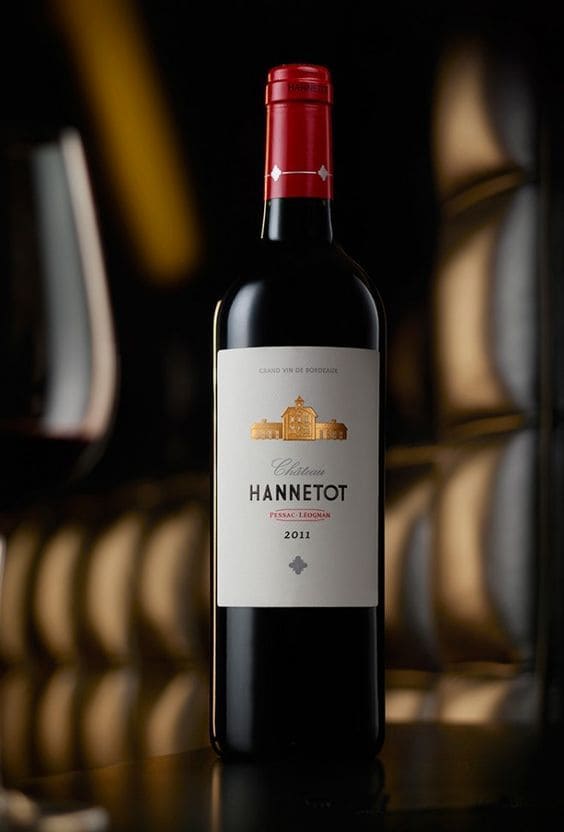
Factors That Affect How Many Liters in a Bottle of Wine
Here are some factors that can affect how many liters in a bottle of wine:
- Wine bottle size: The size of the bottle can directly affect how many liters of wine it can hold. Standard wine bottles are 750 milliliters, but larger format bottles can hold more wine.
- Bottle shape: Different wine bottle shapes can affect the volume of wine they can hold. Some bottle shapes can allow for more wine to be stored than others.
- Production method: The production method of wine, such as carbonation or fermentation, can affect the volume of wine in a bottle.
- Age of the wine: The age of the wine can affect the amount of air in the bottle, which can result in the loss of wine volume due to evaporation.
- Closure type: The type of closure used on a wine bottle, such as cork or screw cap, can affect the amount of air that enters the bottle and can affect the volume of wine in the bottle.
- Ullage: Ullage is the space between the wine and the cork in the bottle. The amount of ullage in a bottle can affect the volume of wine in the bottle.
- Temperature: Temperature can affect the volume of wine in a bottle. High temperatures can cause wine to expand, while low temperatures can cause wine to contract.
How Many Bottles of Wine in a Litre?
There are approximately 1.33 standard 750 milliliter bottles of wine in a liter. However, it’s important to note that wine bottles come in various sizes, so the number of bottles in a liter can vary depending on the size of the bottle.
How Much is 3 Liters of Wine?
Three liters of wine is equivalent to four standard 750 milliliter bottles of wine, or about 20 glasses of wine.
How Many Bottles of Wine in a 5 Liter Box?
A 5 liter box of wine is equivalent to approximately 6.7 standard 750 milliliter bottles of wine. Boxed wine is a popular option for large gatherings or parties, as it is easy to transport and can be more cost-effective than buying individual bottles.
How Many Servings are in a Bottle of Wine?
A standard 750 milliliter bottle of wine contains approximately 5 servings, with each serving being 5 ounces.
It’s important to note that serving sizes can vary depending on the size of the glass and personal preference. It is recommended that adults drink wine in moderation, which is defined as up to one drink per day for women and up to two drinks per day for men.
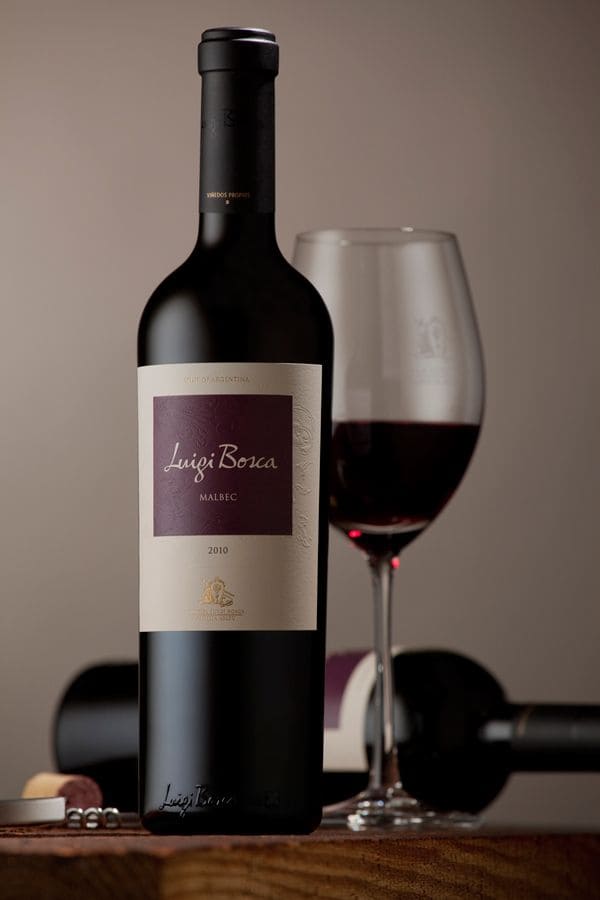
Different Types of Wine Bottles and Their Sizes
Wine bottles come in a variety of shapes and sizes, some of which are shown here.
- Split: 187.5 ml or one-fourth of a standard wine bottle
- Half bottle: 375 ml or half of a standard wine bottle
- Standard: 750 ml or one standard wine bottle
- Magnum: 1.5 L or two standard wine bottles
- Jeroboam: 3 L or four standard wine bottles
- Rehoboam: 4.5 L or six standard wine bottles
- Methuselah: 6 L or eight standard wine bottles
- Salmanazar: 9 L or twelve standard wine bottles
- Balthazar: 12 L or sixteen standard wine bottles
- Nebuchadnezzar: 15 L or twenty standard wine bottles
It’s worth noting that some wine regions use different names for larger format bottles, and the exact size can vary by a few ounces depending on the producer.
What Are the Interesting Wine Bottle Size Names?
Wine bottle size names can be quite interesting and often have historical or biblical origins. Here are some examples of interesting wine bottle size names:
- Magnum: This size, equivalent to two standard bottles, is named after the Latin term “magnum” meaning great or large.
- Jeroboam: A Jeroboam is equivalent to four standard bottles and is named after the first king of the northern kingdom of Israel, Jeroboam I.
- Rehoboam: This size is equivalent to six standard bottles and is named after Jeroboam’s son, Rehoboam, who became king of the southern kingdom of Judah.
- Methuselah: Methuselah is equivalent to eight standard bottles and is named after the oldest person mentioned in the Bible, who lived to be 969 years old.
- Salmanazar: This size, equivalent to twelve standard bottles, is named after the Assyrian king, Salmanazar III.
- Balthazar: A Balthazar is equivalent to sixteen standard bottles and is named after one of the Three Wise Men who visited the baby Jesus in Bethlehem.
- Nebuchadnezzar: This is the largest wine bottle size, equivalent to twenty standard bottles. It is named after the ancient Babylonian king, Nebuchadnezzar II.
These names can add an element of intrigue and curiosity to wine drinking and can make for interesting conversation topics.
Wine Bottle Shapes and Their Purposes
Wine bottles come in many shapes and sizes, and each shape serves a specific purpose. Here is an overview of wine bottle shapes and their purposes:
- Bordeaux bottle: This is the most common wine bottle shape and is used for wines that are tannic, such as Cabernet Sauvignon and Merlot. It has a straight, high-shouldered profile with a long, narrow neck.
- Burgundy bottle: This shape is used for Pinot Noir and Chardonnay wines. It has a wider body and shoulders than the Bordeaux bottle, with a shorter neck.
- Rhône bottle: This bottle shape is used for wines from the Rhône Valley in France, such as Syrah and Grenache. It has sloping shoulders and a shorter neck than the Bordeaux bottle.
- Alsace bottle: This bottle shape is used for white wines from the Alsace region of France, such as Riesling and Gewürztraminer. It has a long, slender shape with a tapered neck.
- Champagne bottle: This bottle shape is used for sparkling wines, such as Champagne and Prosecco. It has a punt or dimple at the bottom of the bottle to prevent the pressure from building up too much.
- Mosel bottle: This bottle shape is used for wines from the Mosel region of Germany, such as Riesling. It has a tall, slender shape with a flared base and a long, narrow neck.
- Chianti bottle: This bottle shape is used for Chianti and other Italian wines. It has a round belly and a long, narrow neck.
The shape of the bottle can also affect the wine’s aging process and can impact the flavor and aroma of the wine. Some wine producers choose to use unique bottle shapes to distinguish their wines from others on the market.
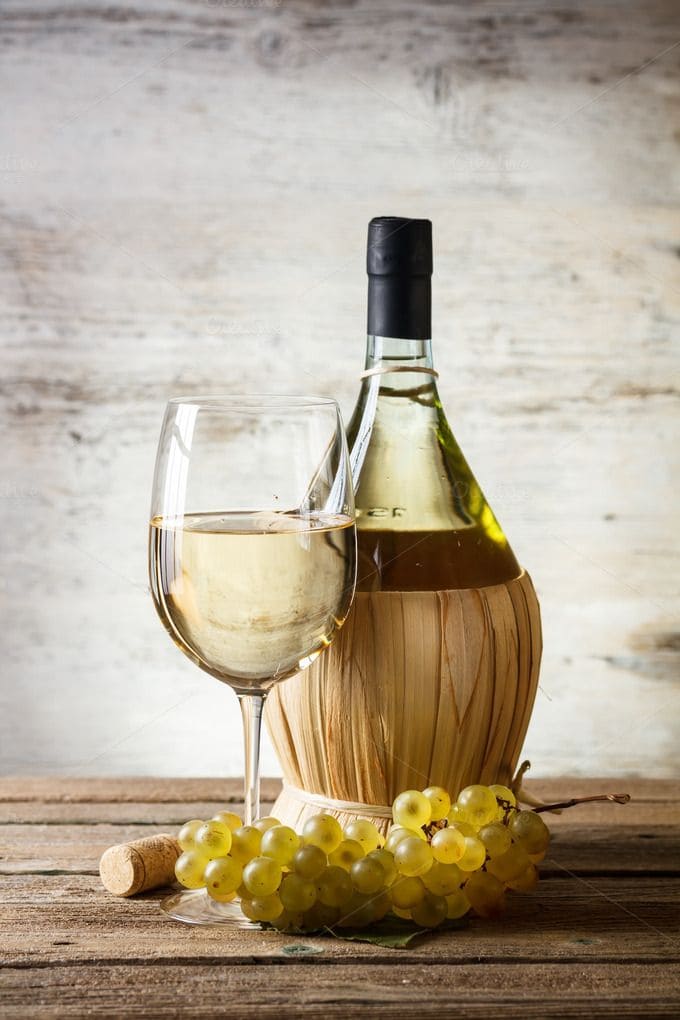
How to Calculate the Volume of a Wine Bottle in Liters
To calculate the volume of a wine bottle in liters, you can follow these simple steps:
- Measure the height of the wine bottle from the bottom to the top of the rim.
- Measure the diameter of the wine bottle at its widest point.
- Calculate the volume of the bottle using the formula for the volume of a cylinder: V = πr²h, where V is the volume, π is the mathematical constant pi (approximately 3.14), r is the radius of the bottle (half of the diameter), and h is the height of the bottle.
- Convert the result into liters by dividing the volume in cubic centimeters (cm³) by 1000, since one liter is equal to 1000 cm³.
For example, let’s say you have a wine bottle that is 30 cm tall and has a diameter of 8 cm. The radius of the bottle would be 4 cm (half of 8 cm). Using the formula, the volume of the bottle would be:
V = πr²h
V = 3.14 x (4 cm)² x 30 cm
V = 3.14 x 16 cm² x 30 cm
V = 15072 cm³
To convert this volume to liters, you would divide by 1000:
V = 15072 cm³ ÷ 1000
V = 15.072 liters
Therefore, the volume of the wine bottle is approximately 15.072 liters.
How Wine Bottle Sizes Affect Aging and Storage?
The size of a wine bottle can have a significant effect on the aging and storage of the wine. Here are some ways in which wine bottle sizes can impact wine aging and storage:
- Oxygen exposure: Wine bottles have a small amount of air between the wine and the cork, which allows for the slow oxidation and aging of the wine. Larger bottles have a smaller surface area to volume ratio, which means they have less air exposure and a slower aging process. This can result in a more complex and nuanced wine.
- Temperature changes: Wine bottles are sensitive to temperature changes, which can cause the wine to expand and contract, potentially affecting the aging process. Larger bottles have more wine, which means they take longer to heat up or cool down than smaller bottles. This can result in a more consistent temperature for the wine, which can help with the aging process.
- Light exposure: Light can cause wine to age prematurely and affect its flavor. Larger bottles have thicker glass, which can provide better protection against light exposure.
- Storage space: Larger bottles take up more space in wine cellars and refrigerators, which can be a consideration when storing wine. They also require a special rack or storage system designed to hold larger bottles.
The Effects of Red and White Wine on Your Body
Red and white wine can have different effects on the body due to differences in their chemical composition. Here are some of the effects that red and white wine can have on the body:
- Resveratrol: Red wine contains a higher level of resveratrol, which is a compound that has been linked to various health benefits, including reduced inflammation, improved heart health, and lower risk of certain types of cancer.
- Antioxidants: Both red and white wine contain antioxidants that can help protect against cell damage and oxidative stress. These antioxidants can also help improve heart health and reduce the risk of certain diseases.
- Acidity: White wine tends to be more acidic than red wine, which can lead to tooth erosion and enamel damage. Acidic drinks can also cause acid reflux and heartburn.
- Histamines: Red wine contains higher levels of histamines, which can cause allergic reactions in some people, such as headaches, congestion, and skin flushing.
- Dehydration: Both red and white wine can cause dehydration due to their diuretic effect, which increases urine production and can lead to a loss of fluids in the body.
- Calories: Both red and white wine contain calories, which can contribute to weight gain if consumed in excess.
In short, red wine may offer more health benefits due to its higher levels of resveratrol and other antioxidants. However, moderation is key when it comes to consuming alcohol, as excessive drinking can lead to negative health effects, such as liver damage, addiction, and increased risk of certain cancers.
Is it Better to Buy a Large or Small Bottle of Wine?
Whether it is better to buy a large or small bottle of wine depends on your personal preferences and needs. Here are some factors to consider when deciding between a large or small bottle of wine:
- Occasion: If you are buying wine for a special occasion or event, a large bottle may be more appropriate as it can serve a larger group of people.
- Aging potential: If you plan to age the wine, larger bottles are generally preferred as they have a slower aging process due to less oxygen exposure.
- Storage: Consider how much storage space you have available for your wine bottles. If you have limited storage space, smaller bottles may be more practical.
- Cost: Larger bottles of wine often come with a higher price tag than smaller bottles, so consider your budget and how much wine you need before making a purchase.
- Portion control: If you are watching your alcohol intake or trying to limit your consumption, smaller bottles can provide better portion control.
- Wine preference: Some wine varieties may be better suited to larger or smaller bottles based on their aging potential or flavor profile.
In general, both large and small bottles of wine can offer benefits depending on the situation. It ultimately comes down to personal preference, budget, and storage needs.
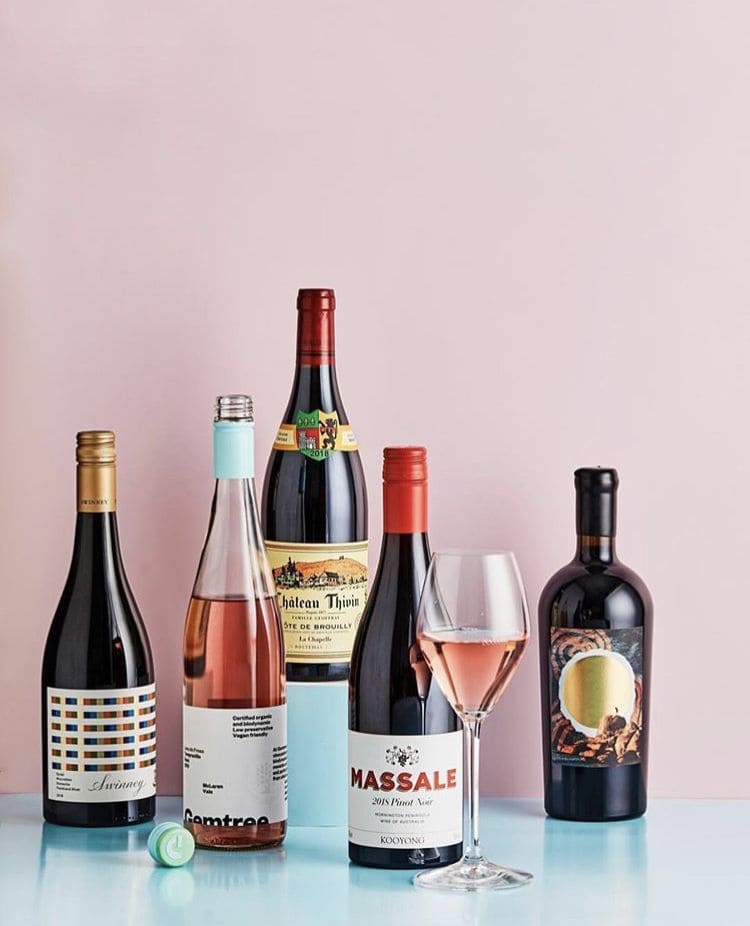
How to Store Wine
Proper wine storage is crucial to maintaining the quality of the wine and ensuring it ages well. Here are some tips on how to store wine:
- Temperature: Wine should be stored in a cool, dark place with a consistent temperature between 45-65°F (7-18°C). Temperature fluctuations can cause wine to expand and contract, which can damage the cork and spoil the wine.
- Humidity: Wine should be stored in an environment with moderate humidity (around 60-70%). High humidity can cause mold growth, while low humidity can cause corks to dry out and allow air into the bottle, spoiling the wine.
- Light: Wine should be stored away from direct light or UV rays, as light can affect the wine’s flavor and age prematurely.
- Orientation: Wine should be stored horizontally so that the cork stays moist, preventing air from entering the bottle.
- Stillness: Wine bottles should be stored in a stable position, so they are not disturbed or shaken, which can disturb the sediment and negatively affect the flavor.
- Air circulation: Wine should be stored in an area with good air circulation to prevent musty odors or mold growth.
- Long-term storage: For long-term storage, wine should be stored in a wine cellar or temperature-controlled wine cooler, with the temperature and humidity levels carefully monitored.
By following these storage guidelines, you can help ensure that your wine ages properly and maintains its quality.
How to Taste Wine
Wine tasting is a sensory experience that involves using your eyes, nose, and palate to evaluate the appearance, aroma, and flavor of a wine. Here are some basic steps for how to taste wine:
- Look at the wine: Examine the color, clarity, and viscosity of the wine by tilting the glass against a white background. This can give you clues about the wine’s age, variety, and alcohol content.
- Smell the wine: Swirl the wine in the glass to release its aromas, then bring the glass to your nose and take a deep sniff. This can help you detect the wine’s primary and secondary aromas, which can give you hints about the wine’s flavor profile.
- Taste the wine: Take a small sip of the wine and let it coat your tongue. Move the wine around in your mouth to experience its full range of flavors and textures. Note the wine’s acidity, tannins, sweetness, and other characteristics.
- Evaluate the finish: After you swallow (or spit out) the wine, pay attention to the aftertaste or finish. This can give you additional insights into the wine’s flavor and aging potential.
- Take notes: Write down your observations and impressions of the wine, including its appearance, aroma, flavor, and finish. This can help you remember the wine and compare it to others you have tasted.
FAQs
How many ounces in bottle of wine?
A standard bottle of wine contains 750 milliliters, which is equivalent to approximately 25.36 fluid ounces. Therefore, there are approximately 25 ounces in a standard bottle of wine. However, it’s important to note that serving sizes can vary depending on personal preference and the size of the glass. A typical serving of wine is considered to be 5 ounces.
Is 1.5 liters equal to 2 bottles of wine?
Yes, 1.5 liters is equivalent to two standard 750 milliliter bottles of wine.
Is a liter of wine a day too much?
Yes, drinking a liter of wine per day is considered excessive and can lead to negative health effects.
What is the difference between a bottle and a magnum of wine?
A bottle of wine typically contains 750 milliliters of wine, while a magnum contains 1.5 liters or the equivalent of two standard bottles.
Is 500 ml of wine a day too much?
Yes, drinking 500 milliliters of wine per day is considered too much and can lead to risks of health effects.
Can 2 glasses of wine a day cause liver damage?
While 2 glasses of wine per day may not cause liver damage for most people, excessive alcohol consumption over time can damage the liver and lead to other health problems.
How long can you store an unopened bottle of wine?
The length of time that an unopened bottle of wine can be stored depends on several factors, including the type of wine, storage conditions, and vintage. Generally, most wine can be stored for a few years, while some high-quality wines can be aged for decades.
Can wine be frozen to preserve it?
While wine can be frozen, it is not recommended as it can change the flavor and texture of the wine. Additionally, freezing can cause the bottle to break due to expansion.
How can you tell if a bottle of wine is corked?
A corked wine bottle may have a musty or moldy smell, and the wine may taste flat or have an off flavor. The cork may also appear discolored or have mold on it.
Can you mix different types of wine together?
While it is not recommended to mix different types of wine together, it is possible to blend wines to create a unique flavor profile.
Conclusion
Understanding the answer to the question of how many liters in a bottle of wine is just the beginning of exploring the intricacies of wine bottle sizes. As a wine enthusiast, I have come to appreciate the importance of understanding different wine bottle sizes, shapes, and closures. From understanding how different bottle sizes affect wine aging and storage to appreciating the history and evolution of wine bottle shapes, delving into the world of wine bottle sizes can deepen your appreciation of wine. Therefore, when you’re enjoying a glass of your favorite vintage, take a moment to consider the bottle it comes in – you never know what fascinating stories and insights you might uncover.
I’m Chen Mina, from Vol de Nuit, who has a special passion for bartending, especially mixing wine, beer, and cooktail. Here you will find content about alcoholic beverages, I will bring you knowledge that few people know about this drink.

